Contents
- Traditional and Modern Eating Practices
- Vegetarianism and Dietary Restrictions Across Communities
- Meals of the Day
- Local Produce
- Pickles
- Baby Food and Tiffin Boxes
- Wedding Food
- Prasad and Bhandara
- Smoking, Drinking and Substance Use
- Local Culinary Traditions
- Koruda
- Muguda
- Yesor
- Eating Out
- Hotel Malkari Khichadi & Bhaje
- Mahaveer Ice Cream And Fast Food Restaurant
- Maharaj Bhajiyewale
- Ambika Sweets and Namkeen
- Prabhudas Ramchandra Sweets
HINGOLI
Food
Last updated on 3 November 2025. Help us improve the information on this page by clicking on suggest edits or writing to us.
Hingoli, located in the Marathwada region of Maharashtra, prominently features regional staples such as jowar and rice, often accompanied by traditional dishes like Waranga Khichdi. Moreover, street food is popular in Hingoli, with stalls offering items like tawa pav and refreshing drinks such as Mango Mastani and Lassi.
Traditional and Modern Eating Practices
According to the Survey of India (2005), culinary practices in Hingoli frequently utilize oils extracted from kardai (safflower), shengdana (groundnut), and javas (linseed). The cuisine is further enhanced by vegetables and condiments ranging from aloo (potato) and ambadi (sorrel leaves) to the spicy flavors of mirchi (chillies) and lasun (garlic). Staple dishes include jowar bhakri (sorghum flatbread), varan (split pulse preparation), and amti (a spicy pulse dish), all accompanied by fresh vegetables.
In recent years, Hingoli's diet has increasingly incorporated fast food, processed foods, and a wider range of ingredients due to the city's exposure to diverse cuisines and economic prosperity. The eating habits of the younger generation have been influenced by the availability of ready-to-eat meals, packaged snacks, and various dining options. However, traditional dishes such as Sabudana Khichdi, Misal Pav, and Zunka Bhakar remain popular, often prepared for festivals and special occasions. The native cuisine still heavily features locally cultivated spices like cumin, coriander, and red chili peppers. Other popular fermented foods include papad.
![Sol Kadhi[1]](/media/culture/images/maharashtra/hingoli/food/misal-pav-5afcd8b6.png)
A significant number of people continue to favor dairy milk sourced directly from local farmers. This preference stems from the belief that it offers superior quality and purity, often regarded as fresher and more natural than packaged milk. People tend to avoid packaged milk primarily due to concerns about quality control, as the processing methods may remove some of the milk's natural nutrients. Additionally, packaged milk frequently contains preservatives which many individuals prefer to steer clear of because of worries regarding added chemicals and their potential long-term health impacts. Many operators of tea stalls and sweet mart shops choose packaged milk despite its drawbacks because it is more affordable and easily available. Despite its possible drawbacks, packaged milk is frequently preferred in the commercial sector due to this efficiency in budgeting and supply.
Vegetarianism and Dietary Restrictions Across Communities
Urbanization has had a big impact on Hingoli's eating habits. The rise of convenience foods, including South Indian flavors such as Idli and Dosa, has become increasingly popular, alongside instant noodles and packaged snacks. Also, there is a growing focus on wellness and health, which has increased the consumption of low-fat and organic foods. A healthy approach to eating is being adopted by more and more health-conscious people, who often include non-vegetarian foods in their meals. Despite these shifts, there remains a strong effort to preserve traditional Maharashtrian food. Hingoli's food culture is preserved and celebrated through local festivals and community get-togethers that celebrate traditional food.
Meals of the Day
Every individual begins their day with a cup of tea or sweet milk. Breakfast usually consists of vegetarian options such as Poha, Upma, Sheera, or Idlis. The primary meal of the day, lunch often includes a variety of cooked vegetables, rice, and chapatis. In the late afternoon, most people prefer to have tea or coffee.
Throughout the day, homemade snacks such as Bhajiya are widely enjoyed. Other favorites include Koruda, Mugudya, and Chivda. Kachoris and Samosas with their spiced fillings are also popular choices. For sweet treats, Shankarpali - crunchy bites often enjoyed during festivals - are favored. For children, packaged snacks like potato chips and biscuits are commonly preferred.
Dinner is commonly served during the evening hours, featuring cooked vegetables, rice, dal, chapati, and occasionally meat or fish. While many adhere to this schedule, meal times can vary slightly based on individual routines and local customs.
After meals, it is a tradition for many people to consume sauf (fennel seeds) and supari (betel nut). This practice has gained popularity due to the belief that it aids digestion and freshens breath. Additionally, some people enjoy a cup of tea after meals for similar digestive benefits. During the hot summer months, Limbu Pani (lemonade) without sugar is a popular choice as it is refreshing and promotes good digestion.
Local Produce
Hingoli's kharif season majorly showcases crops like jowar, cotton, pulses, and oilseeds, while the rabi season leans towards wheat, jowar, pulses, and oilseeds. The district is particularly famed for its sugarcane and banana fields, and groundnut as a summer crop.
Pickles
Pickles are a beloved part of the tradition, with a variety of types reflecting local flavors and preferences. Among the most popular types of pickles is mango pickle, which features a blend of mohri dal, chili powder, salt, turmeric, soybean oil, garlic, methi seed, lavang (cloves), and hing.
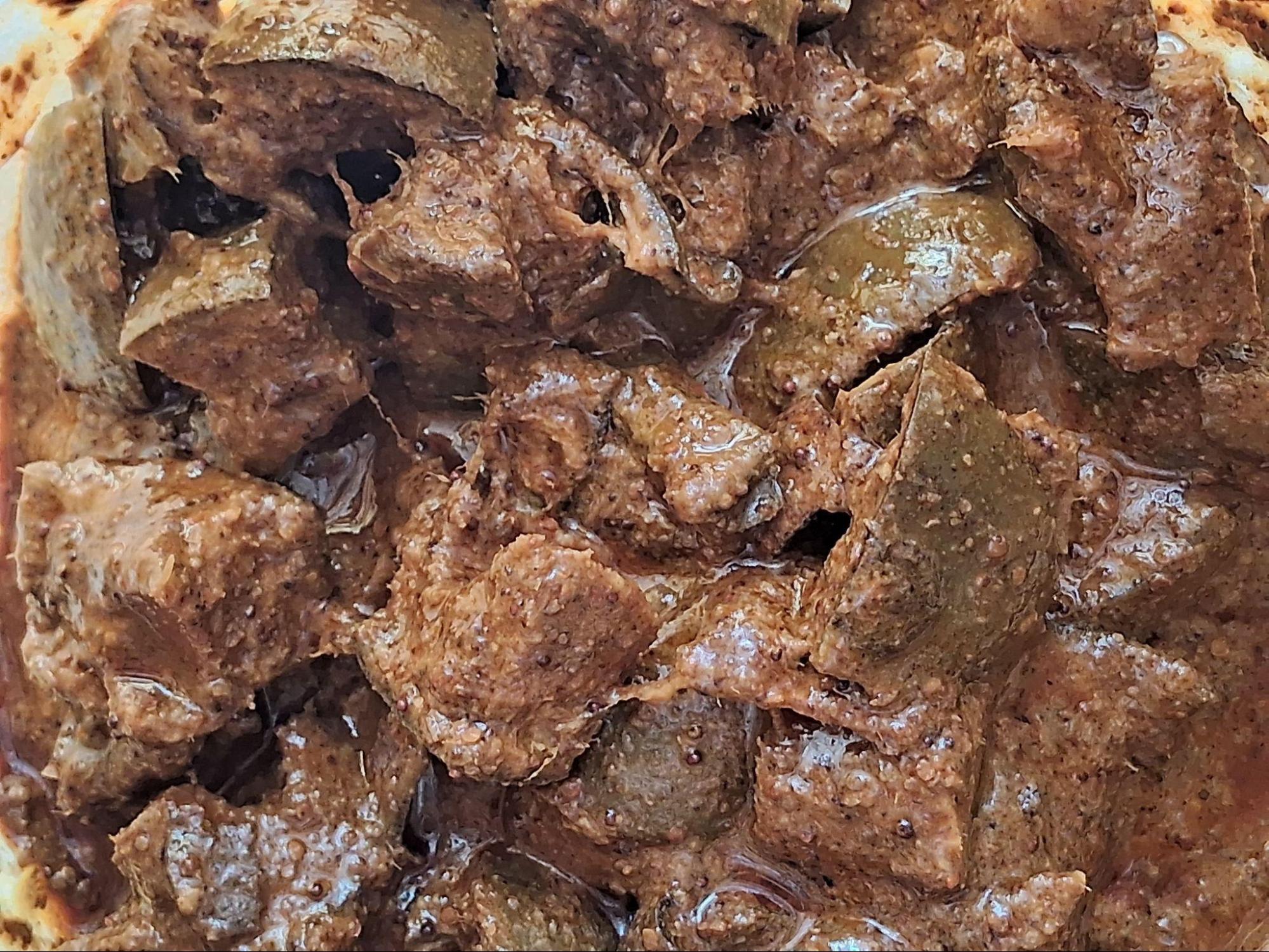
Another favorite is lemon pickle, made with chili powder, salt, and turmeric, offering a zesty kick that complements many dishes. Turmeric pickles are another delightful option, combining mohri dal with chili powder, salt, methi seed, clove, and hing. This variety not only provides a burst of flavor but also incorporates the health benefits associated with turmeric.

For those who enjoy heat, chili pickles are a great choice; they include mohri dal, salt, turmeric, and lemon for an extra layer of tanginess. Additionally, aavla pickles, made with chili powder, salt, and turmeric, offer a unique taste profile that pairs well with various meals. Lastly, karwand pickles, which consist of mohri dal, salt, chili powder, and turmeric, add a distinct flavor that enhances the overall dining experience.
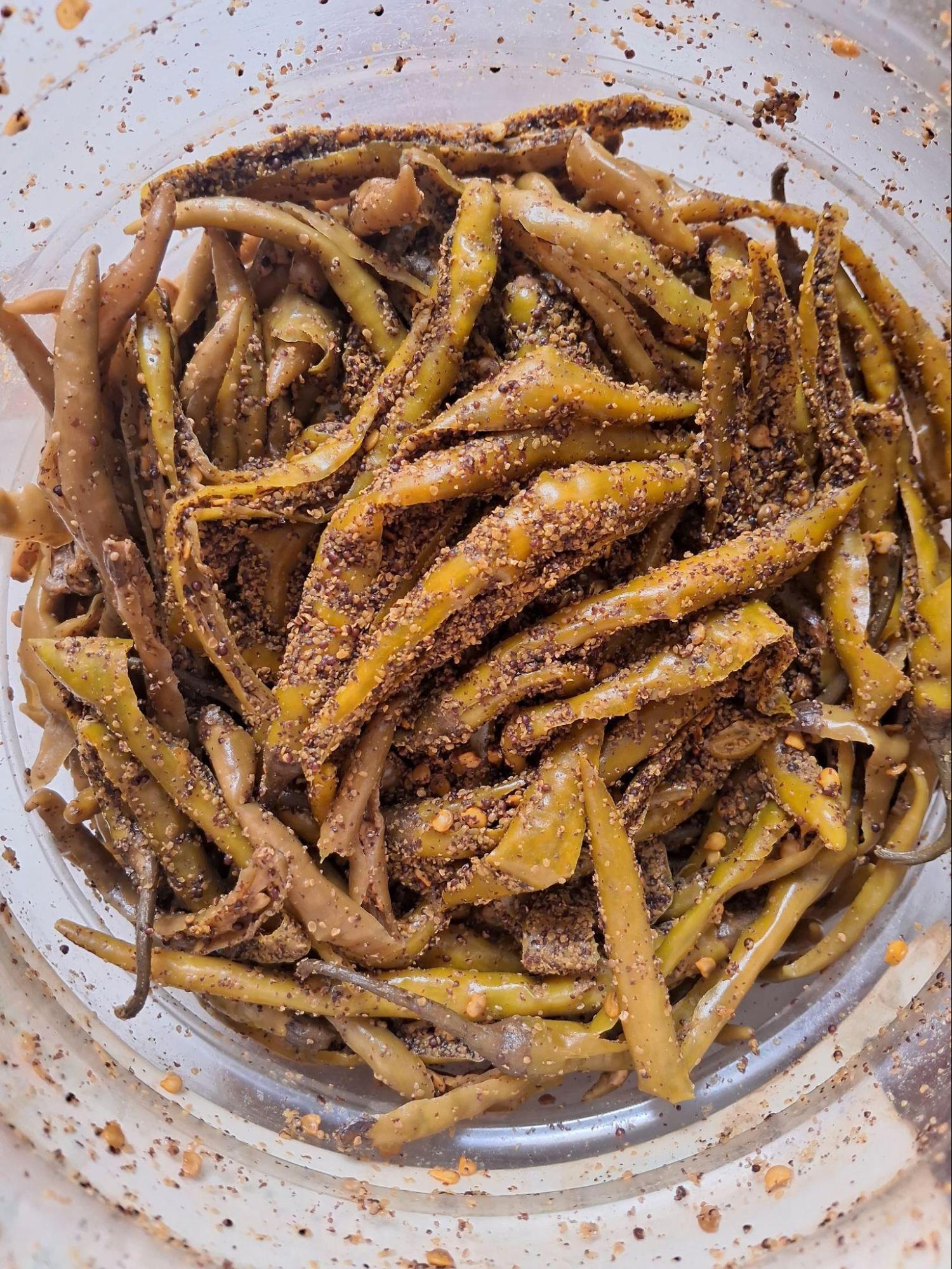
Baby Food and Tiffin Boxes
Breast milk is essential for infants during the first six months of life. In situations where breast milk is unavailable, some caregivers opt to feed diluted goat or cow milk. Additionally, some mothers give honey to their babies, believing it can enhance voice quality. After six months, a variety of foods can be introduced, including rice paste, jowar porridge, Sabudana Kheer, and Upma without chili. In rare cases, some mothers may choose commercial products like Cerelac. For families that prefer non-vegetarian diets, a soup made from boiled meat is often provided to the baby.
Traditionally, school tiffin boxes included homemade foods such as Chivda, bhaji, and chapati - nutritious dishes prepared at home. Recently, there is a growing awareness among parents and schools regarding the importance of diet and health. As a result, tiffin boxes are increasingly featuring healthier options like fresh fruit, salads, yogurt, and nuts.
In recent times, convenience and variety have become priorities in school lunches. As children become accustomed to a wider range of foods, packaged snacks, ready-to-eat meals, and fast food products have gained popularity. Foods such as biscuits, instant noodles, potato chips, and packaged juices are now easily accessible due to their convenience in preparation.
Wedding Food
According to locals, in weddings, the spread typically includes dal, bhaji, chapati, Koshimbir, Boondi, and rice. This mixture provides a balanced meal, featuring staple dishes like dal and chapati alongside desserts such as Boondi. In contrast, Muslim weddings often center around Biryani, a fragrant rice dish cooked with spices and meat. Alongside this, traditional sweets are served.
Prasad and Bhandara
A variety of prasad, each representing local culture and tradition, is offered at various mandirs in Hingoli. Almost all mandirs allow offerings of sugar and coconut, which symbolize sweetness and purity.
In mandirs dedicated to Navnath, bhakts offer Malida and Ghode, both sweet treats made from wheat flour and jaggery, believed to be favorites of the deity. During the Satyanarayan Pooja, a sweet made with pure ghee, known as "Sheera," is specially offered, highlighting the ritual’s purity and devotion. At the Chintamani Ganpati Mandir, the beloved Modak is offered to Ganpati Bappa, with bhakts preparing these sweets by themselves in large quantities, often numbering in the thousands. During jatra, a mixture of futane, khadi sakhar, and sesame seeds is commonly offered.
In Hingoli, various religious occasions are marked by the tradition of offering Nagar Bhojan, which is a significant part of the spiritual practices. Many devotees cook and serve this communal food, which includes meals for adults, milk for newborns, and Vairan for cattle, during occasions such as Sapta and Navas. This showcases a holistic religious activity. In every village, the Akhanda Harinam Sapta is celebrated with such offerings, where villagers come together to provide food for all.
The Chintamani Mandir is particularly renowned for Navas offerings, where bhakts present thousands of Modaks, some of which are later distributed as part of the Nagar Bhojan. The Mandir of Ghota Devi is famous for its Mahaprasad, which is also a key offering during Navas.
Smoking, Drinking and Substance Use

In the past, Hingoli and its surrounding areas had practices that involved little to no alcohol consumption. However, there has been a noticeable increase in alcohol use due to changing lifestyles, particularly among younger generations. With the opening of bars and liquor stores in Hingoli over recent decades, the city's alcohol supply has expanded. As a result, alcohol has become more integrated into social events and celebratory gatherings. Notably, alcohol consumption is predominantly observed among men rather than women.
One of Hingoli's most well-known traditional beverages is Mahua, made from the aromatic blooms of the Mahua tree. The flowers are seasonal and are typically harvested in late winter. The process of making Mahua involves crushing and fermenting the collected blossoms, resulting in a distinctive and flavorful drink.
Historically, smoking was prevalent, especially with traditional tobacco products like Bidi, which was often viewed as a cultural norm. Skilled laborers would roll tobacco in temburni leaves to create bidis, which were then packaged and distributed to wholesalers and local markets. Cigarette smoking has become more common among younger people; however, the number of smokers has declined further due to shifting social norms that increasingly view smoking as a negative habit. The growing emphasis on fitness and healthier lifestyles has also influenced changes in smoking habits among Hingoli's youth.
Local Culinary Traditions
Koruda
Koruda is a traditional dish well known and appreciated within the community. Known for its simplicity in both preparation and cooking, Koruda offers versatility in its serving styles. It can be enjoyed either dry or with a gravy, typically enjoyed with chapati. Interestingly, it can also be used as a snack without cooking. The dish is primarily made from a grind of Urad dal and ash gourd fruit (kohala), lending it a unique and delightful taste profile. This combination of ingredients not only adds to its distinct flavor but also contributes to its popularity as a beloved dish.
Muguda
Mugua is a traditional dish which is commonly enjoyed in the region. It can be savored as a snack without the need for cooking, and it can also be fried for a different texture and flavor. Made primarily from moong dal, with coriander added according to personal taste preferences, this dish embodies simplicity. Whether enjoyed as a quick snack or as a crispy fried treat, this dish holds a special place in culinary traditions.
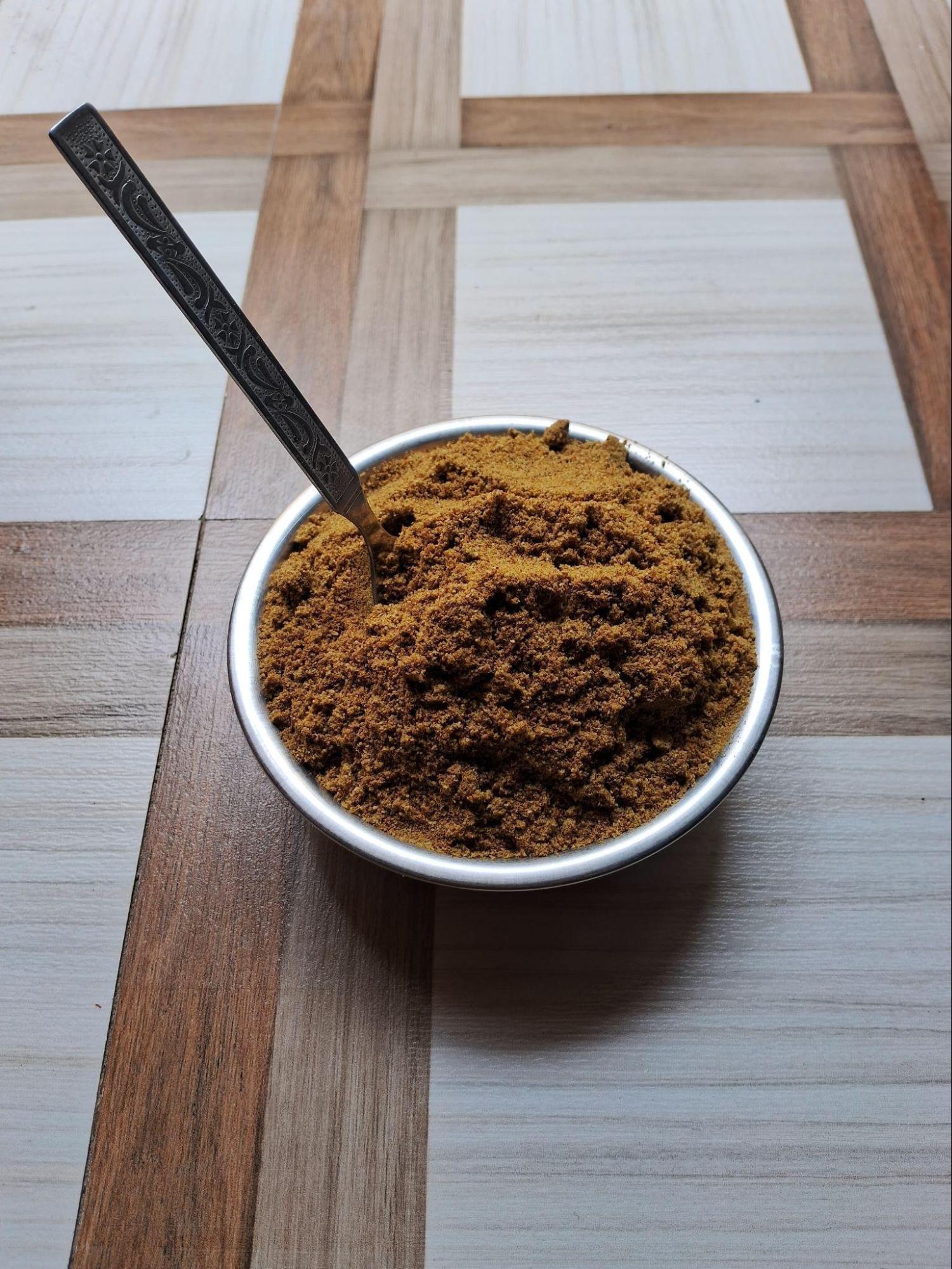
Yesor
Yesor is a spicy traditional dish and has a rich flavourful gravy made from a ground spice powder. This spice blend not only enhances the dish's taste but also ensures consistency in its preparation over time, and it can be stored for extended periods. Yesor is a popular dish of people who enjoy spicy and tasty meals with its rich gravy and well balanced ingredients.
The recipe begins with an equal blend of wheat, jowar, bajri, rice, harbara dal, and moong dal, each carefully roasted to a golden hue to enhance their flavors. To this base, dried onion and lemon leaves are added in varying quantities based on preferred taste. A special masala, made from dry coconut, coriander seeds, poppy seeds, cumin seeds, elaichi, cinnamon, and star anise. This combination of ingredients is finely added to a powder, creating a versatile spice mix that can be stored for extended periods, ready to impart its spicy flavor to a wide range of dishes, particularly enhancing gravies like the spicy Yesor.
Eating Out
Throughout the years, Hingoli's food products and eating habits have changed. The traditional diet of the area included foods like sprouting bean curry, bhakri, and Pithla. The main staples were legumes, dals, and sprouts; these were plentiful and appropriate for the farming methods in the area. Due to their scarcity, vegetables were used less frequently, leading to a diet that was mostly vegetarian but included a lot of dairy products. These local products and cooking skills helped to make traditional meals more flavourful and nutritious. But as time went on, Hingoli's culinary scene changed, fusing regional specialities with contemporary ideas.
The practice of frequently eating out at eating places, food stands, and roadside cafes has grown in popularity, reflecting both urban and economic trends. In the past, cooking and eating at home were usual, with very few meals eaten outside. Eating culture in Hingoli has changed as economic development and urbanization have increased. Eating out has become more common due to changes in lifestyle and rising income. There are more and more restaurants and cafés serving a range of foods, from international food to traditional Maharashtrian food. Food stalls and roadside eating places have also become part of the local food scene. These eating places, providing quick, affordable, and flavorful options. Popular street foods such as Pani Puri, Pav Bhaji, and Bhajiya have gained preference offering a taste of local flavors in a casual setting.
Hotel Malkari Khichadi & Bhaje
Hotel Malkari is famous for its Khichadi and Bhaje dishes. Celebrated for its particular focus on these classic Maharashtrian meals, Malkari is popular across the district. This famous hotel developed the recipe for crispy fried Bhaje and rice dish Khichdi. Their focused menu and quality, welcome large crowds to enjoy the tastes of their popular crispy fried Bhaje and rice dish Khichdi. Malkari's commitment to these dishes, whether it's locals looking for a little nostalgia or visitors exploring Hingoli cultural food, have made it a popular spot.
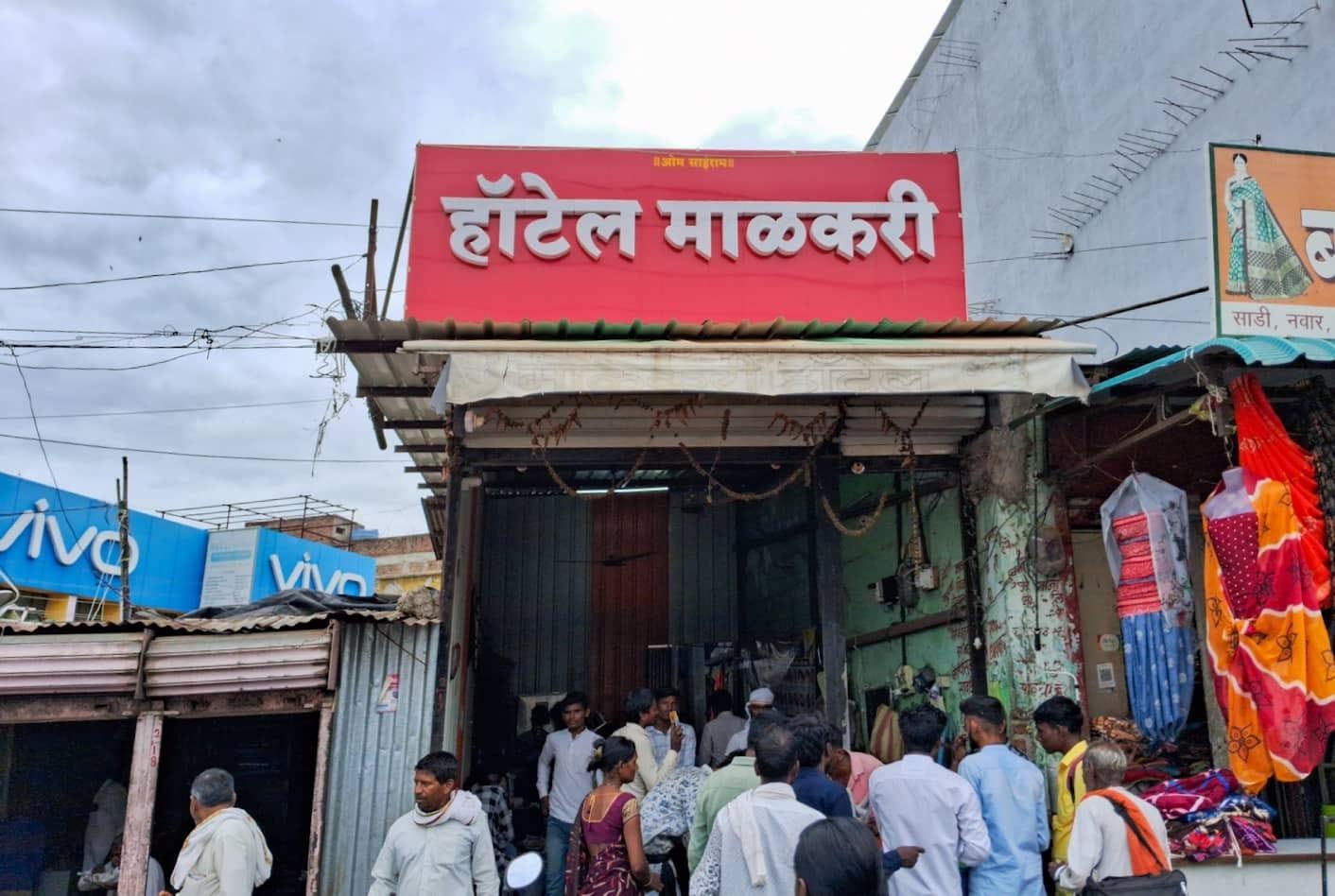

Mahaveer Ice Cream And Fast Food Restaurant
Mahaveer Ice Cream and Fast Food Restaurant is renowned for its delicious snacks and desserts. The establishment offers a wide variety of ice creams, along with a fast food menu that includes Chinese dishes, burgers, sandwiches, and fries. Mahaveer has become a popular gathering spot for young adults, families, and friends.
![Mahaveer Ice Cream and Fast Food Restaurant[2]](/media/culture/images/maharashtra/hingoli/food/mahaveer-ice-cream-and-fast-food-restaurant2-851a640f.png)
Maharaj Bhajiyewale
Maharaj Bhajiyewale, a well-known hotel in the city centre, has grown in popularity because of its bhajiyas. This restaurant specialises in delivering the best Bhajiyas and has a large selection of these tasty fried snacks. They are made using quality ingredients including potatoes, onions, and gram flour. Apart from their famous bhajiyas, Maharaj Bhajiyewale also offers other well-liked meals including Sabudana Vada, Jalebi, Moong Dal Vada, and Khichadi. Over the years, this restaurant has drawn both locals and tourists.
![Maharaj Bhajiyewale[3]](/media/culture/images/maharashtra/hingoli/food/maharaj-bhajiyewale3-52ae9ff3.jpg)
Ambika Sweets and Namkeen
Ambika Sweets and Namkeen in Hingoli is a popular destination known for its sweets and snacks. With a diverse menu that seems to have a variety of tastes, this place is known for its classic dishes and the best services. For its delicious sweets, which include traditional Indian food like Gulab Jamun, Jalebi, and variety of Pedhas, and Namkeens like Chakli, Sev, Samosa, and Kachori. The store is known for its dedication to quality, using traditional preparation techniques and fresh ingredients. People in Hingoli love this place for everyday outings, special occasion events, and festivities because of its constant taste and friendly service.
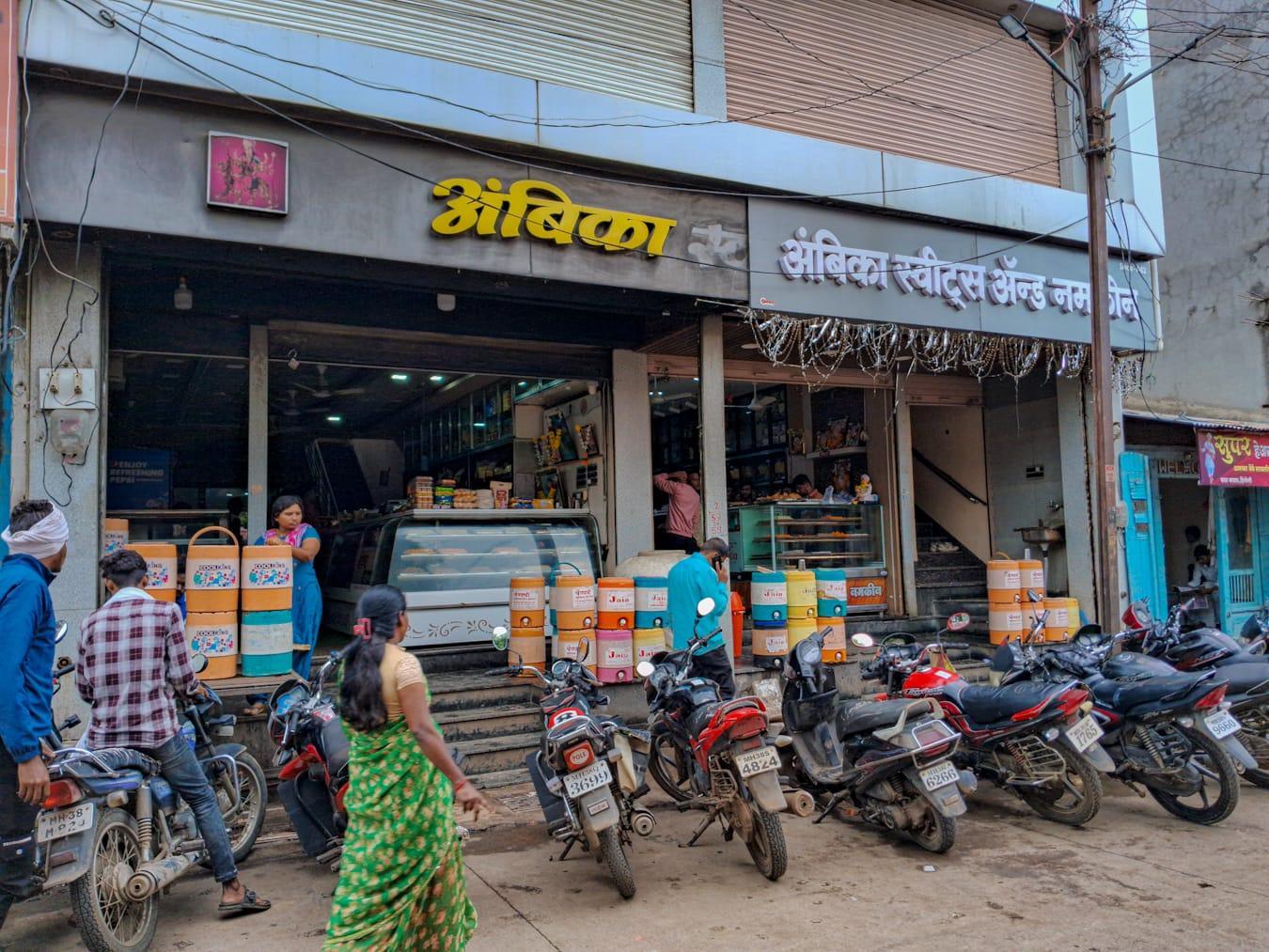
Prabhudas Ramchandra Sweets
Prabhudas Ramchandra Sweets is popular for its delicious offerings, particularly its Ghevar and Samosas. The store has gained popularity for its Ghevar, a traditional Rajasthani treat prepared with flour, sugar, and ghee. In addition, the store creates tasty sweets that are famous in Hingoli by combining traditional recipes with high quality ingredients.
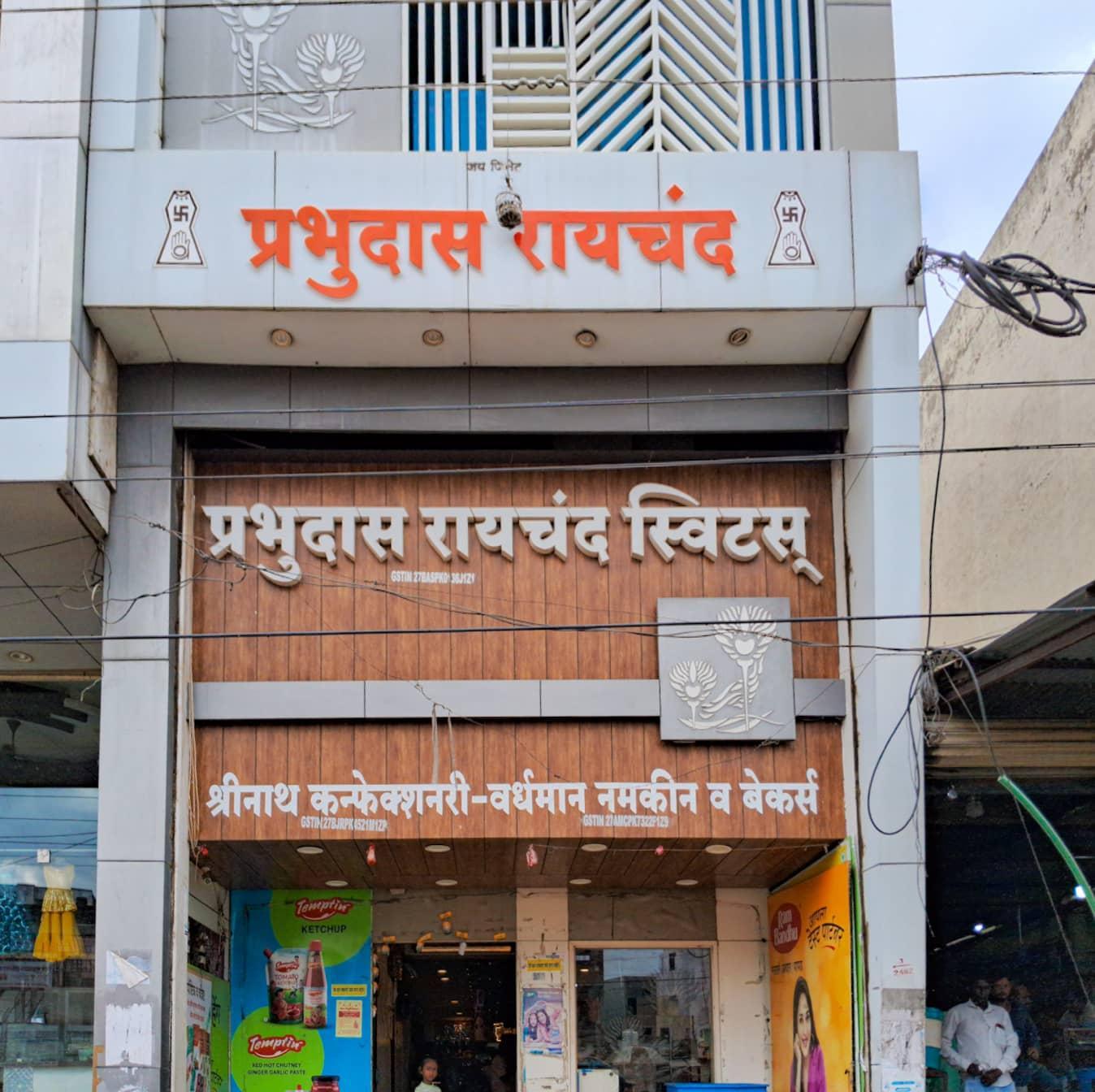
Last updated on 3 November 2025. Help us improve the information on this page by clicking on suggest edits or writing to us.